Are you fascinated by the Earth's natural history? These are the geology museums you should visit in Catalonia:
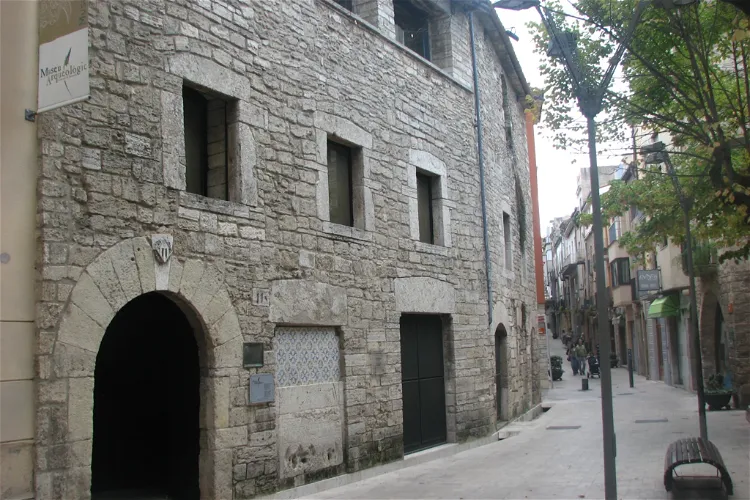
Banyoles Regional Archaeology Museum
BanyolesThe Banyoles Archaeological Museum (MACB) is a significant cultural institution located in the Pia Almoina building in Banyoles, Catalonia. The museum houses a vast collection of artifacts from various archaeological sites in the Pla de l'Estany region. These collections offer a comprehensive insight into the region's rich archaeological history, making it an interesting destination for those interested in history and archaeology.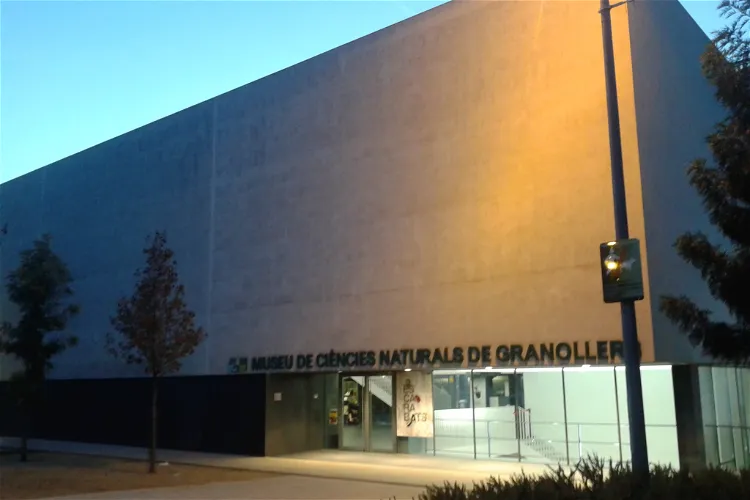
Granollers Museum of Natural Sciences
GranollersThe Granollers Museum of Natural Sciences is a comprehensive institution located in Granollers, Spain. It offers a wide range of exhibits and information in various fields of natural sciences. These include palaeontology, geology, botany, meteorology, and particularly zoology. Visitors can explore and learn about these diverse areas of study during their visit to the museum.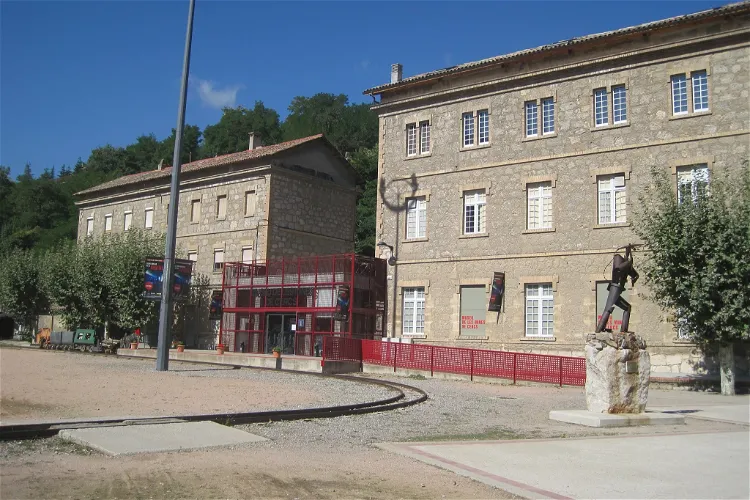
Cercs Mine Museum
CercsThe Cercs Mine Museum, located in the Sant Corneli colony in the municipality of Cercs, Catalonia, is a museum dedicated to coal mining. It provides a comprehensive view of the relationship between coal and the geological, landscape, economic, and human environment of the region. The museum, founded in 1999, is part of the Museum of Science and Technology of Catalonia and the Network of Local Museums of the Barcelona Provincial Council.
El Ter Industrial Museum
ManlleuThe El Museo Industrial del Ter (MIT), situated in Manlleu, Osona, is a museum that focuses on the territory and society. Its mission is to highlight the industrial and natural heritage of the middle Ter river basin. The museum is housed in Can Sanglas, an old spinning factory from 1841, located at the point where the industrial canal of Manlleu ends its course.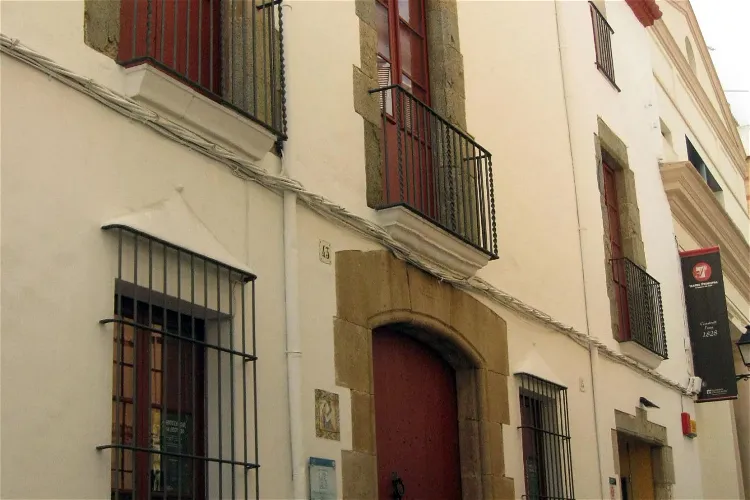
Arenys de Mar Museum
Arenys de MarThe Arenys de Mar Museum is a unique institution that houses two distinct sections: the Marès Lace Museum and the Mollfulleda Mineralogy Museum. In addition to these, it also preserves and exhibits the collection of the old Fidel Fita Municipal Museum of Arenys de Mar. This diverse range of collections offers visitors a comprehensive insight into the rich cultural and natural history of the region.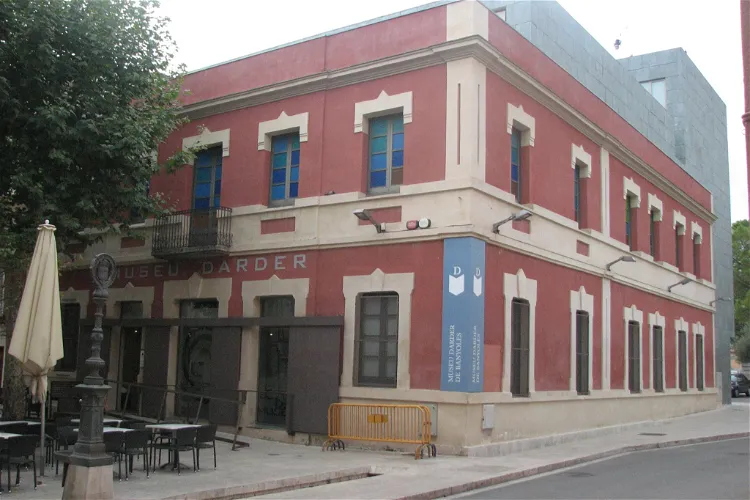
Darder Museum
BanyolesThe Darder Museum is situated in Banyoles, the capital of Pla de l'Estany. It is a part of the Local Museums Network of Catalonia-Girona, making it a significant cultural institution in the region. The museum's location in the heart of Banyoles makes it easily accessible for tourists visiting the city.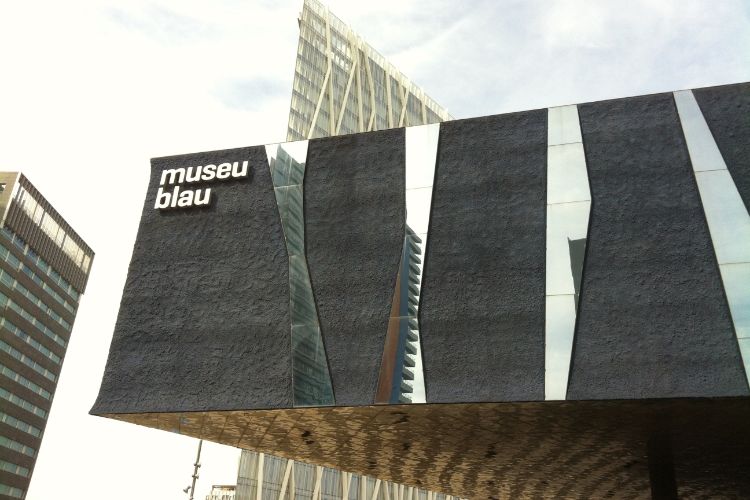
Museu Blau
BarcelonaDesigned by the Swiss architects Jacques Herzog and Pierre de Meuron, Museu Blau opened in 2004. The museum houses part of the Natural History Museum of Barcelona (Museu Blau) and an auditorium where conferences take place. The museum occupies two floors and its permanent exhibition is called Planet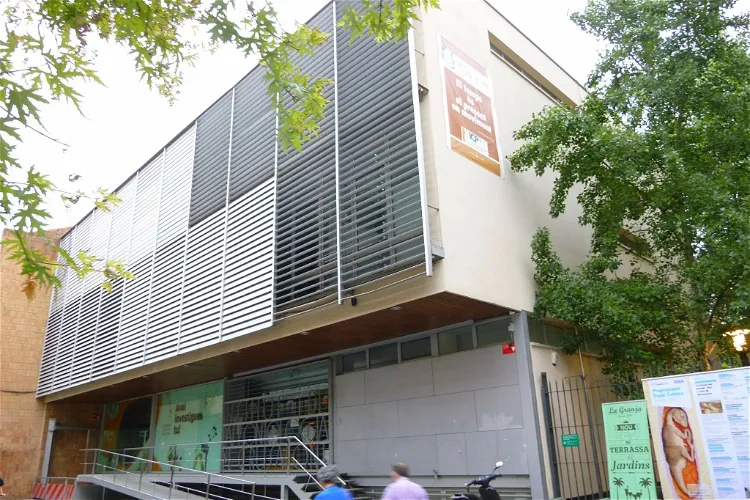
Miquel Crusafont Catalan Institute of Paleontology
SabadellThe ICP has two locations. One is on the campus of the Autonomous University of Barcelona and the other is in the center of Sabadell, near Barcelona. This makes it easily accessible for visitors.
Geology Museum Martorell
BarcelonaThe Museu Martorell is housed in a neoclassical building, designed by the architect Antoni Rovira i Trias. It was the first public museum of Barcelona, situated in its first urban park. The Museu Martorell houses geology collections as well as palaeontology collections and a library specialising in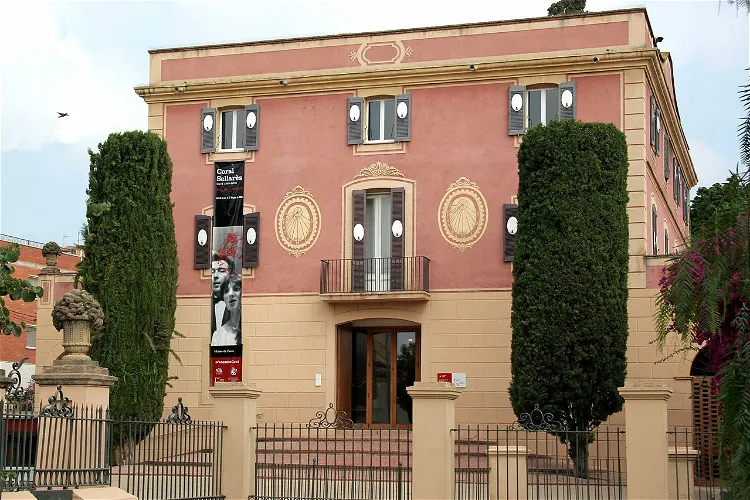
Gavà Museum
GavàThe Gavà Museum and the Gavà Mines Archaeological Park, established in 1978, are two distinct facilities that together form a unique cultural and historical experience. The museum is housed in the Lluc tower, a summer house built in 1799 by a bourgeois family. The park allows visitors to explore the prehistoric mines of Gavà, the oldest gallery mines in Europe.